Battlefield Tour – Charged up!
7by Catherine Lim
The tour on Sunday 22 July, starts off rather ignominiously atop a pedestrian bridge which spans a busy dual carriageway and ends with a touch of the macabre, sitting on tombstones under a shady tree.
Welcome to Jon Cooper’s Battlefield Tour of Cemetery Hill aka Bukit Brown Cemetery. The 2 hour tour’s main route takes you mostly along side the greens of one of Singapore’s most exclusive private golf course and club. As Jon paints a picture of the battleground -literally the blood sweat and tears – I gaze out at the golfers blissfully unaware the ground they are strolling was once a battlefield. But I am moving ahead of the tour here.
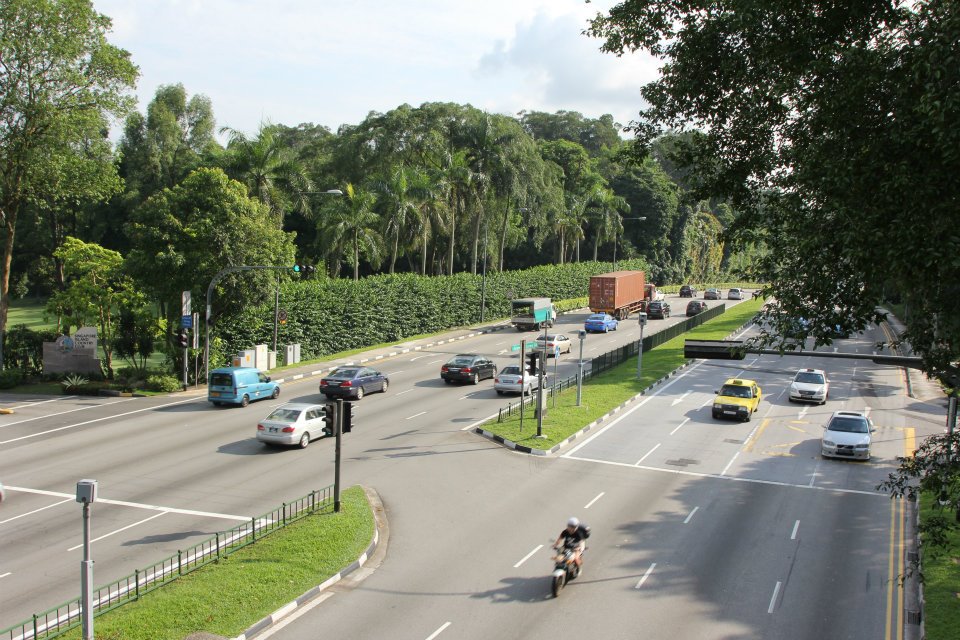
The view which sets the geographical location of the battleground, now imagine it wild and green (photo Bianca Polak)
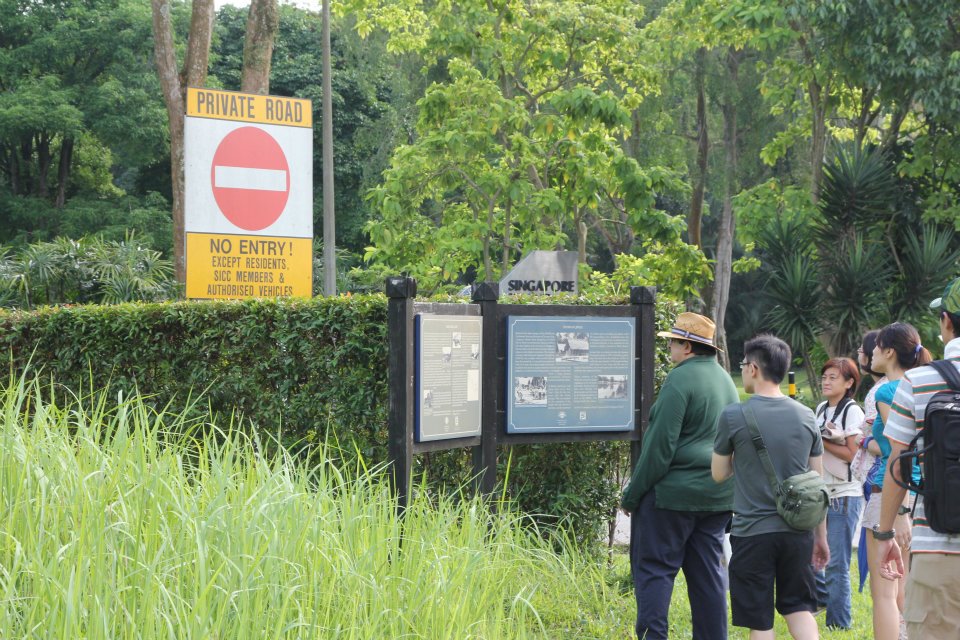
Heritage marker which I reckon only gets a passing glance from bus commuters and joggers in the area ( photo Bianca Polak)
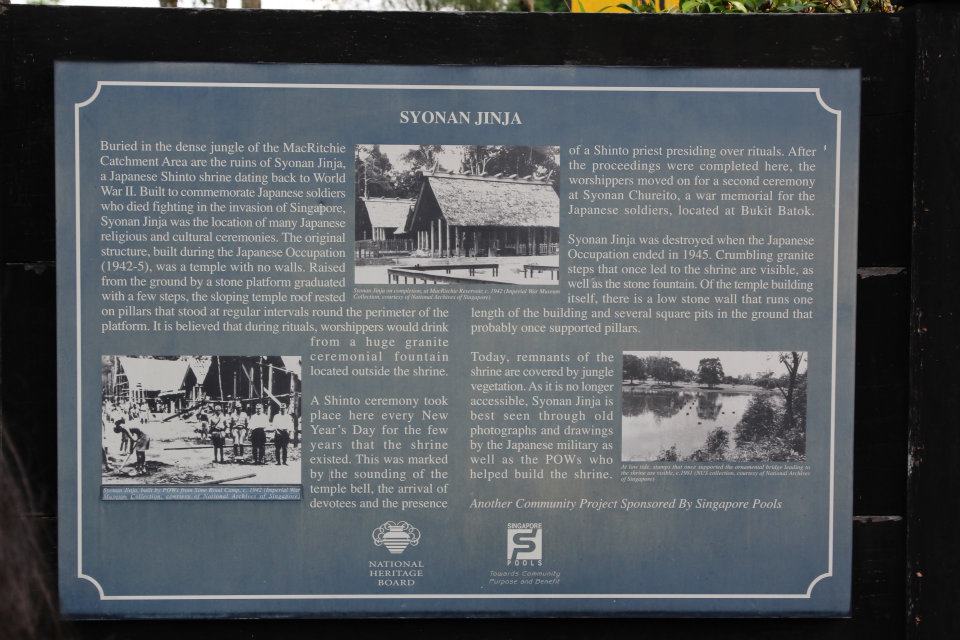
The Shinto Shrine which British POWs helped to build for the Japanese, traces of which are still at MacRitchie Reservoir but off limits to the public (photo Bianca Polak)
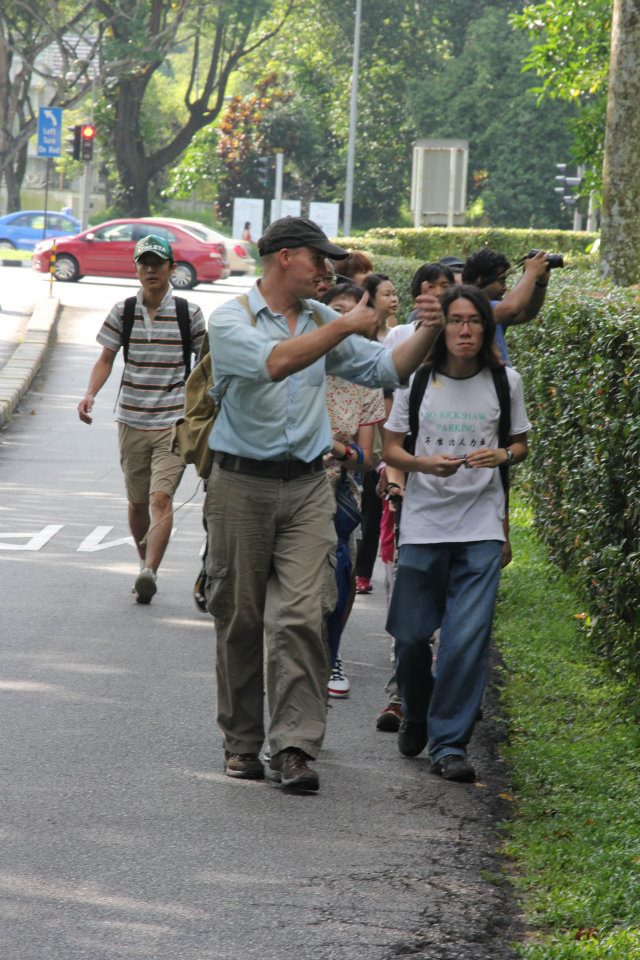
Turning into Sime Road SICC, on the left beyond the tall hedges Seh Ong Cemetery (photo Bianca Polak)
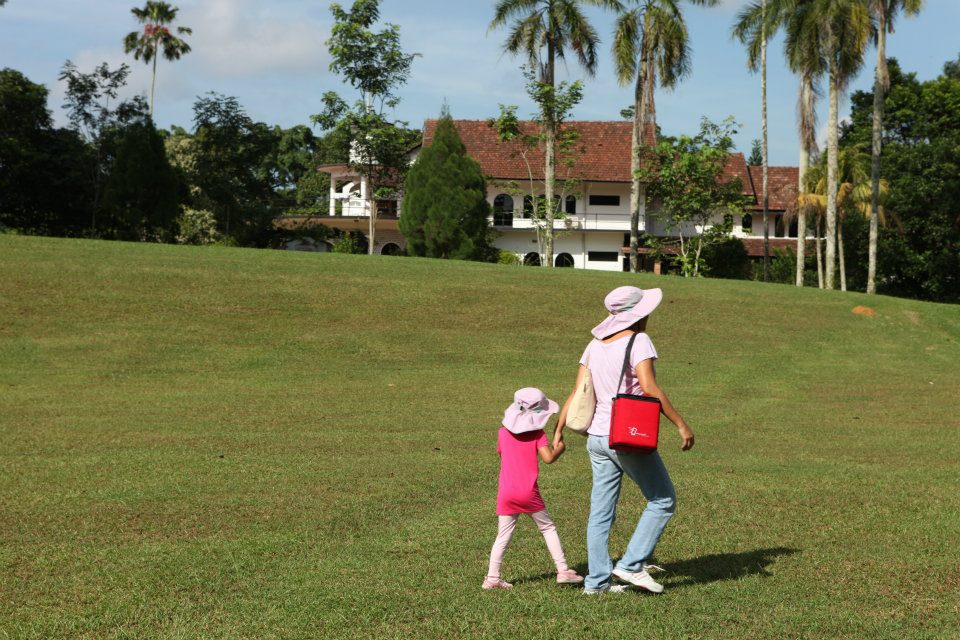
Much safer to walk on the soft greens as this mother and daughter team demonstrate (photo Claire Leow)
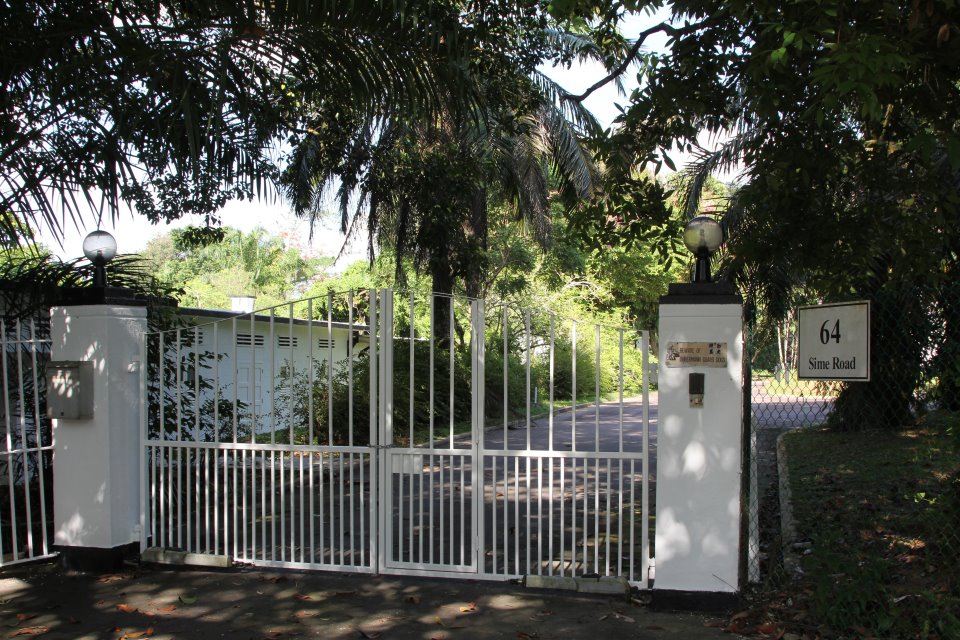
Third stop 64 Sime Road – The ideal Command House for the British before the war, but there not enough time to consolidate before the Japanese was upon the area (photo Bianca Polak)
Postscript : 64 Sime Road. Post-war building, known as ‘Air House’, official residence of the ‘Commanders-in-Chief and Commanders of the Far East Air Force from 1949 until November 1970’. Far East Air Force was FEAF (pronounced Fee-Eff). HQ FEAF was here in Singapore, the area of operations was from the east of Ceylon to the Solomon Islands in the Pacific, north to southern China and south to East Timor.
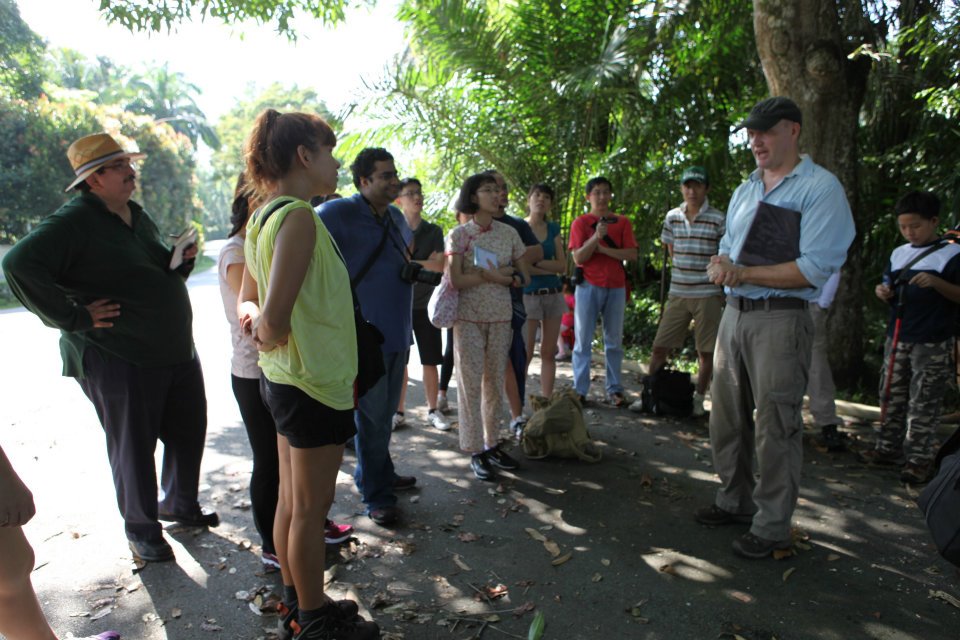
Under the shady tree outside number 64 Sime Road, Jon continues the story of brave men from both sides and the battle they faced (photo Claire Leow)
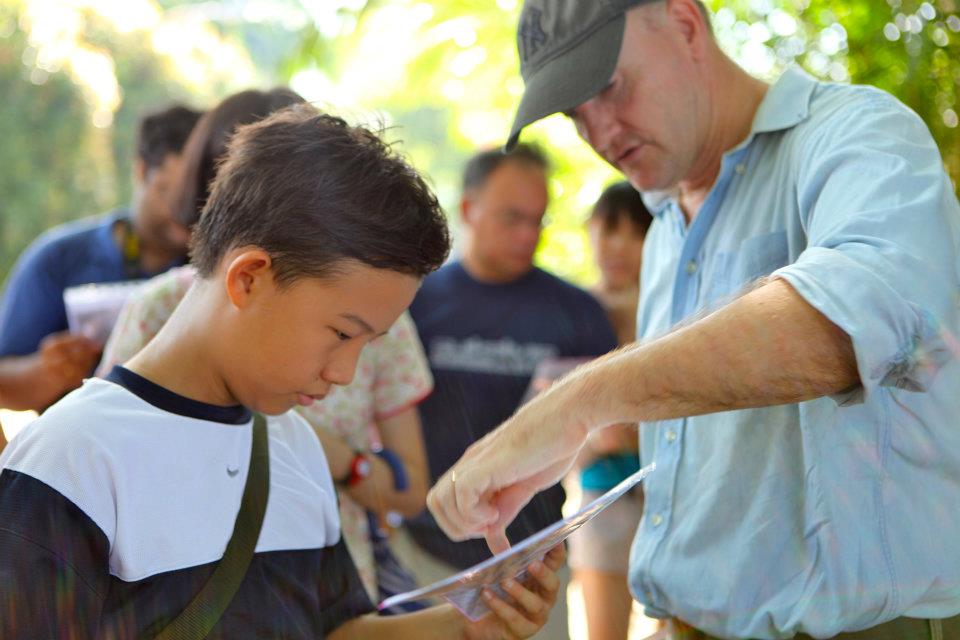
Jon’s most diligent student, he had already been on Jon’s Curator’s Tour of the Adam Road project which was held at the NLB (photo Claire Leow)
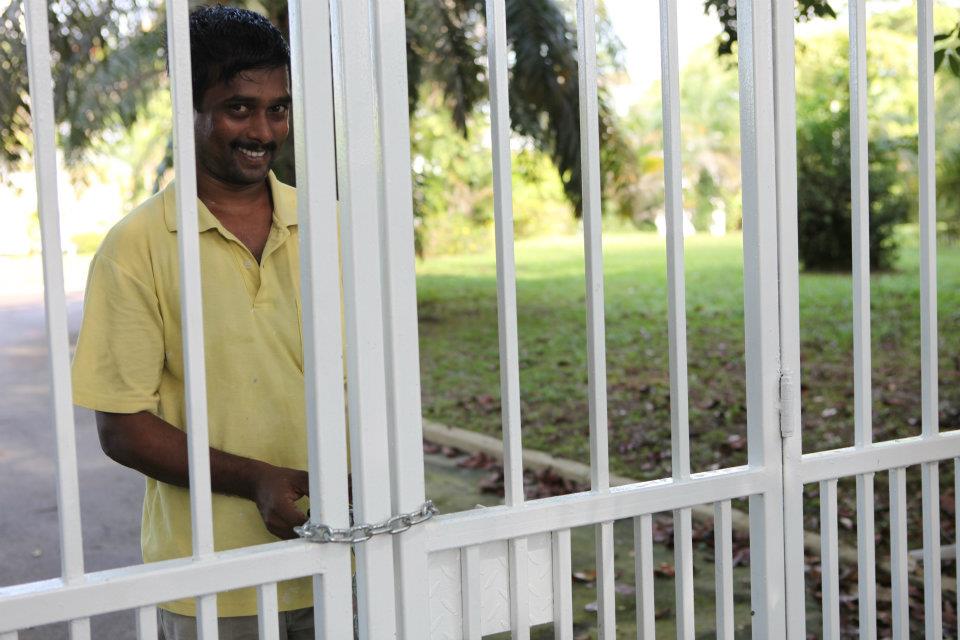
And the unexpected surprise of this tour, the caretaker on his own initiative decides we should be let into the ground of number 64 after observing we had been there for some 20 minutes ( photo Claire Leow)
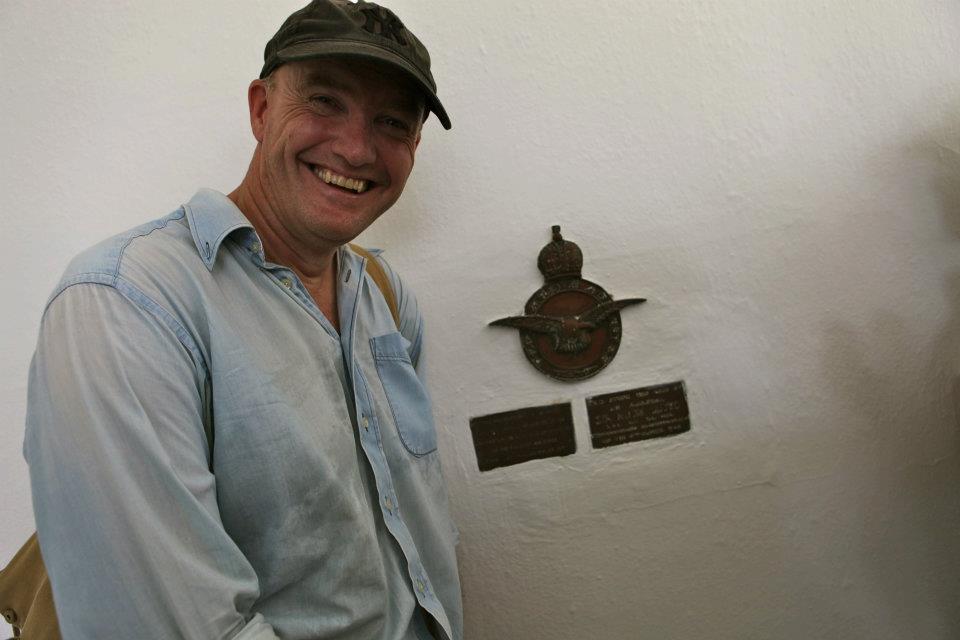
An unexpected bonus for Jon as he is reunited with the insignia of his regiment top row (photo Claire Leow)
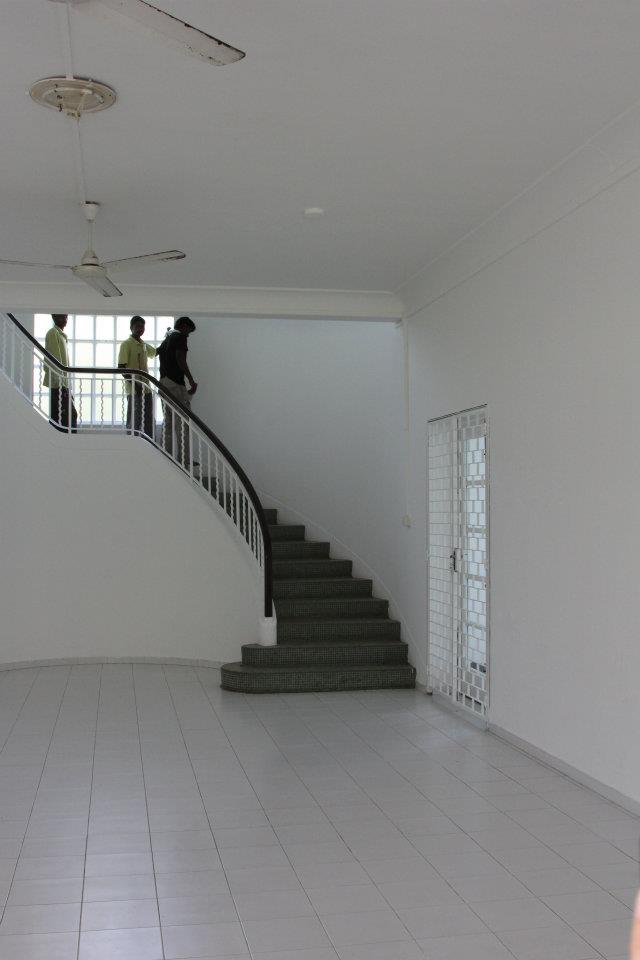
Inside, workers who have been maintaining the house, which we suspect will be up for rent soon (photo Claire Leow)
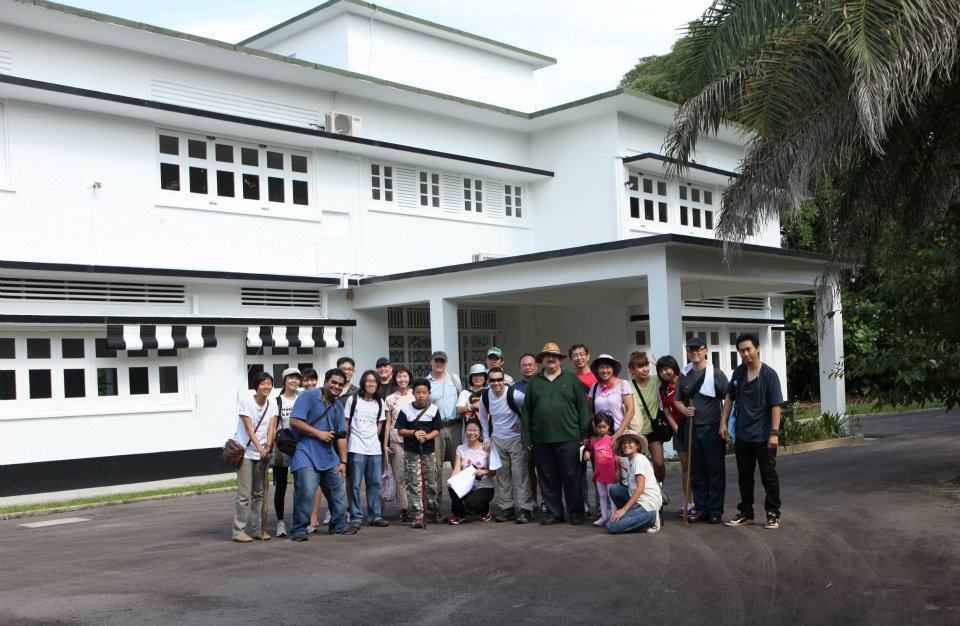
The Group photo, all thought this would make a marvelous war museum for Adam Park and wondered how much was the rent (photo Claire Leow)
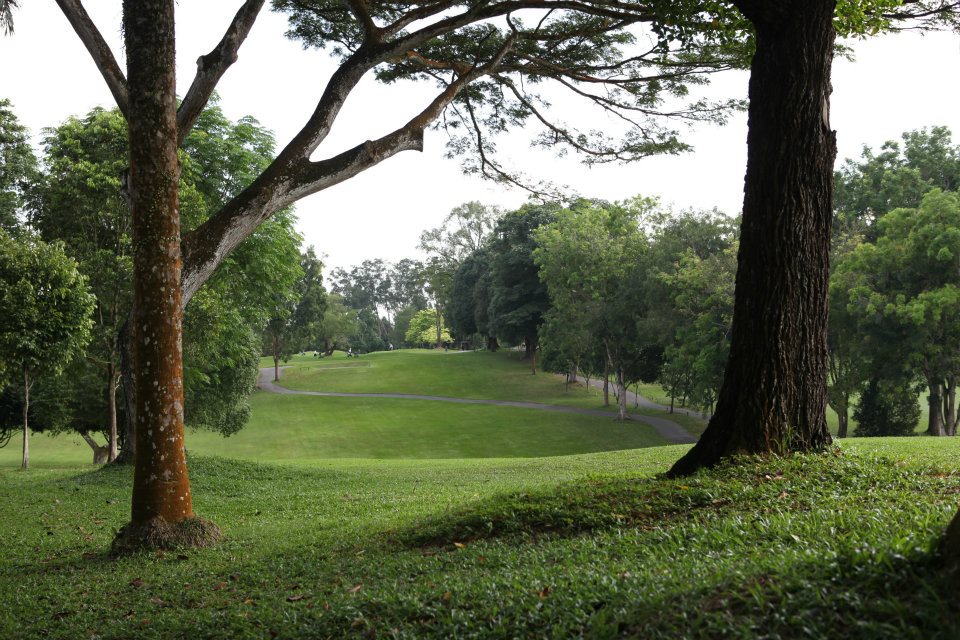
As we continued to our fourth stop, from where we stood, we saw this idyllic scene (photo Bianca Polak)
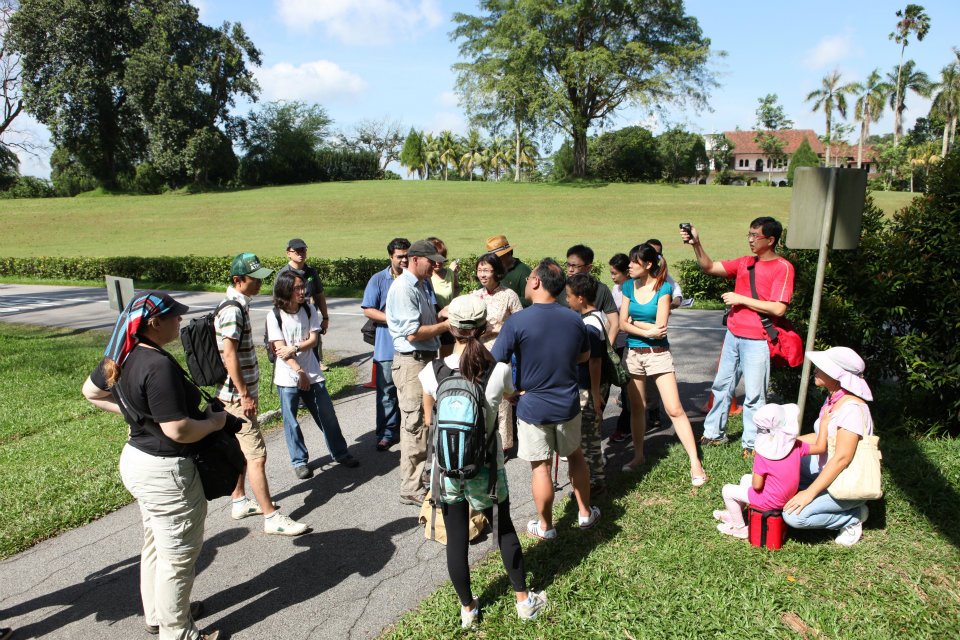
It was here, a 100 metres opposite no, 64 (back on the road heading back to Lornie Rd) under the by now scorching sun that Jon showed us the lay of the land and the battleground ahead at Bukit Brown (photo Claire Leow)
Here is an extract of the battle on the evening of 14th Feb 1942 from an earlier post
The gunners’ targets were the men of the 4th Suffolks, a fresh-faced territorial battalion of the 18th Division who had only landed in Singapore two weeks earlier. The Suffolks, raised from the country towns and farming communities of East Anglia, had already seen combat up at Bukit Tinggi and had been forced to retreat back towards the Lornie Road by the relentless drive of the IJA’s elite 5th Division. The Suffolk’s hasty withdrawal and the stubborn defence of Adam Park by the 1st Battalion Cambridgeshires had allowed the men to establish new positions overlooking the eastern end of the SICC golf course and southern tributaries of the MacRitchie Reservoir. They were all that stood between Yamashita’s army and the all important water pumping stations at Thompson Village and Woodleigh. That evening Yamashita’s exhausted and battle weary troops were to launch one final effort to break through to the east. The leading units of the 11th Regiment of the 5th Division were by now running short of ammunition and artillery shells and the bombardment and attack was to be their final assault. It was to be a ‘make or break’ attack on the hills of Bukit Brown.
At dusk the 3rd Battalion, 11thRegiment led by Colonel Ichikawa surged up the Sime Road and charged across the Lornie Road. Colonel Shimada’s tank company parked up on the fairways of the golf course provided covering fire and his men witnessed the arms and legs of the defending Suffolks fly up into the air with every explosion. He watched as the screaming infantry disappeared into the murk and smoke along the tree line on Hill 130 then to his relief saw the torch lights and flares signal the successful capture of the temple complex. The attack had been a total success; those Suffolks that had not fled or been blown to bits by the barrage had been bayoneted in their trenches. The way was open to Thomson Village; surely Singapore would now surrender.”
The tour continued back to the main road where the group cut through a jogging path in the nature reserve for the most visible evidence of war.
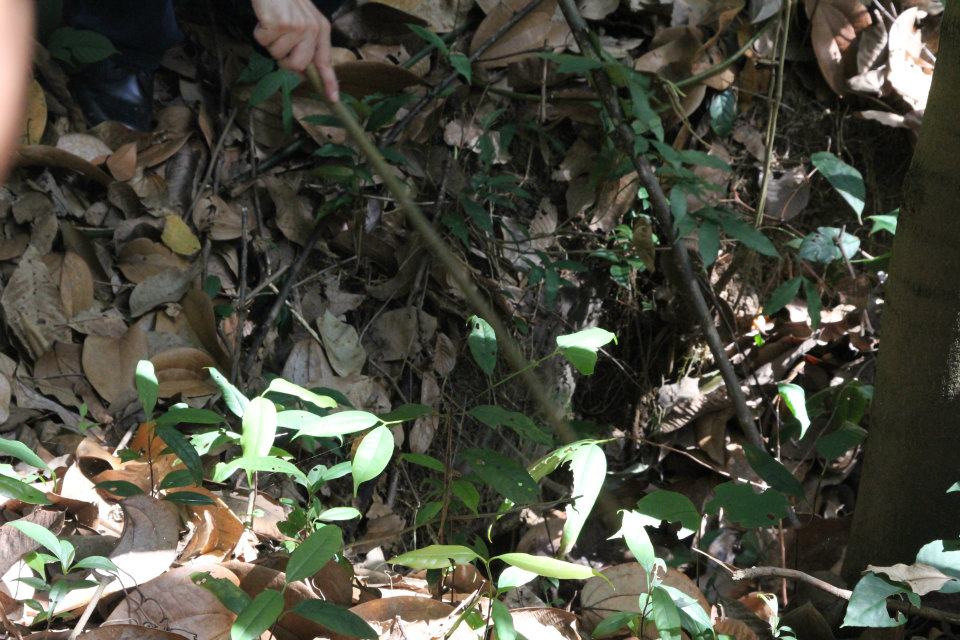
And you have to watch where you are going in case you fall into this hole which will fit a man “comfortably ” (photo Bianca Polak)
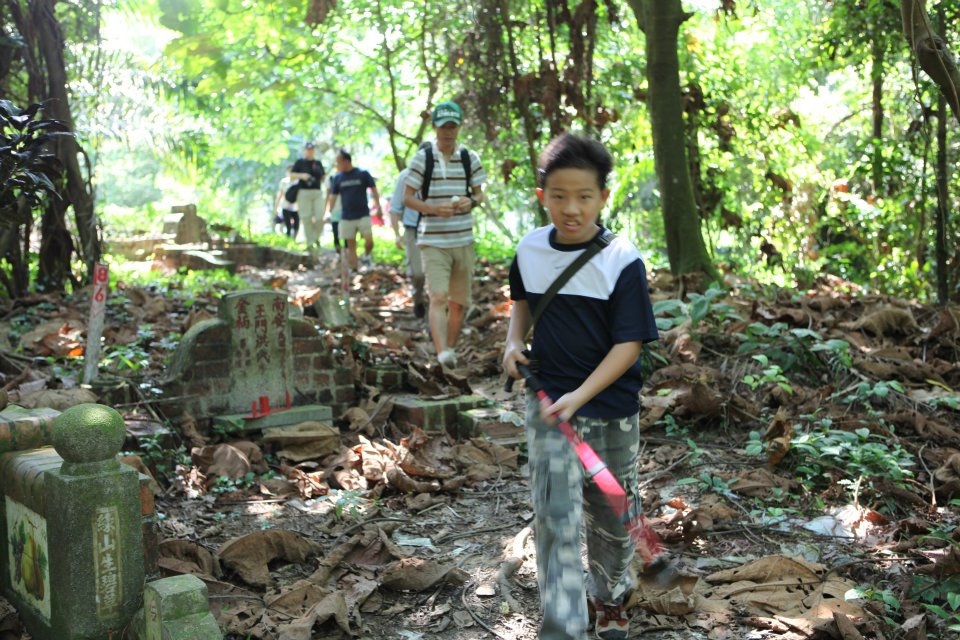
This young chap seems to be charging ahead with gusto for the next leg of the tour (photo Claire Leow)
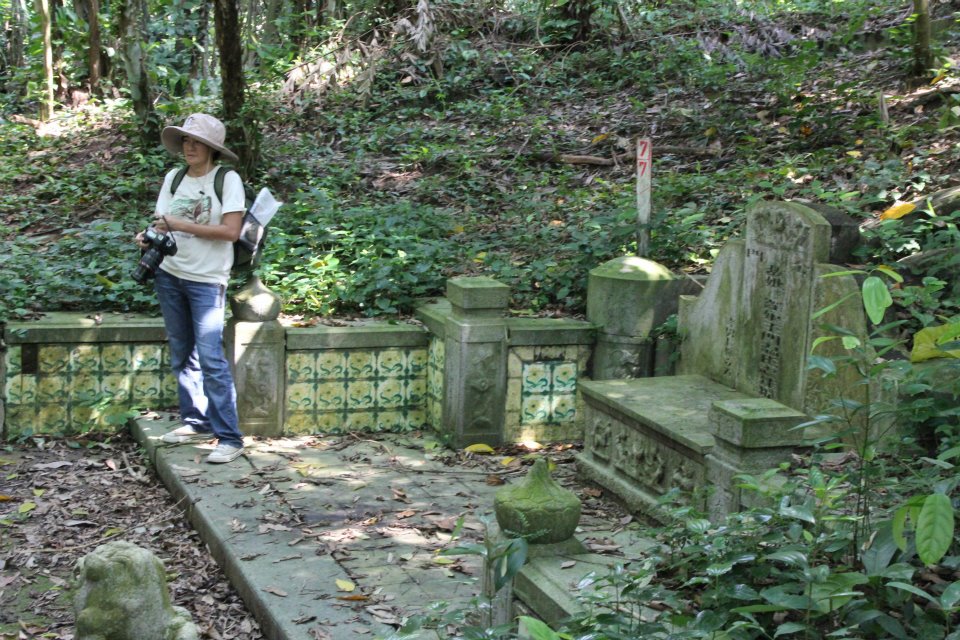
Here, Jon gets a break while BB volunteer guide Claire Leow explains some of the features of a Chinese tomb. This one is the largest single occupant tomb belonging to Onn Choon Neo. The soldiers would probably have found this useful (photo Bianca Polak)
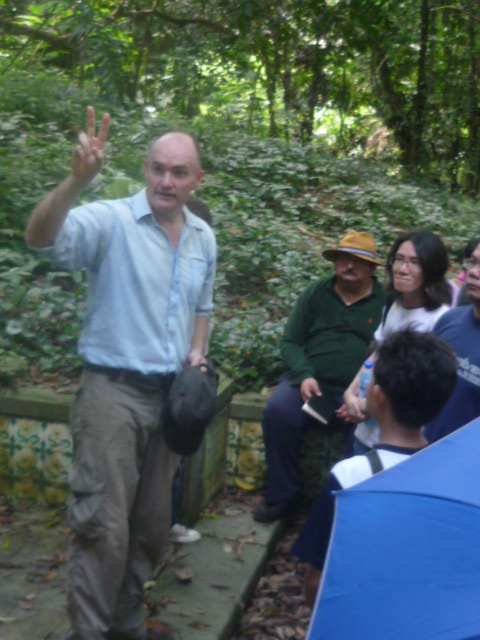
But Jon explains how scary this terrain must have been to the Suffolk boys. Yes they could hide, but bullets could ricochet of the stones and they were be hit, If they decided to make a run for it, they face the swords of the Japanese. It was a grim prospect (photo Catherine Lim)
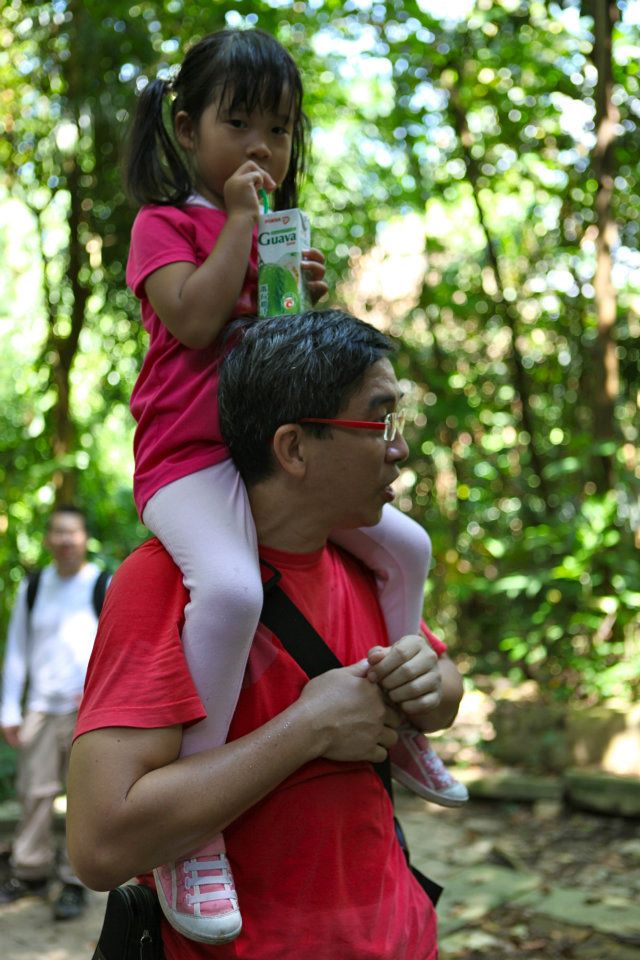
This was our own Ms G.I. Jane who lasted the whole tour but there was one last stop! (photo Claire Leow)
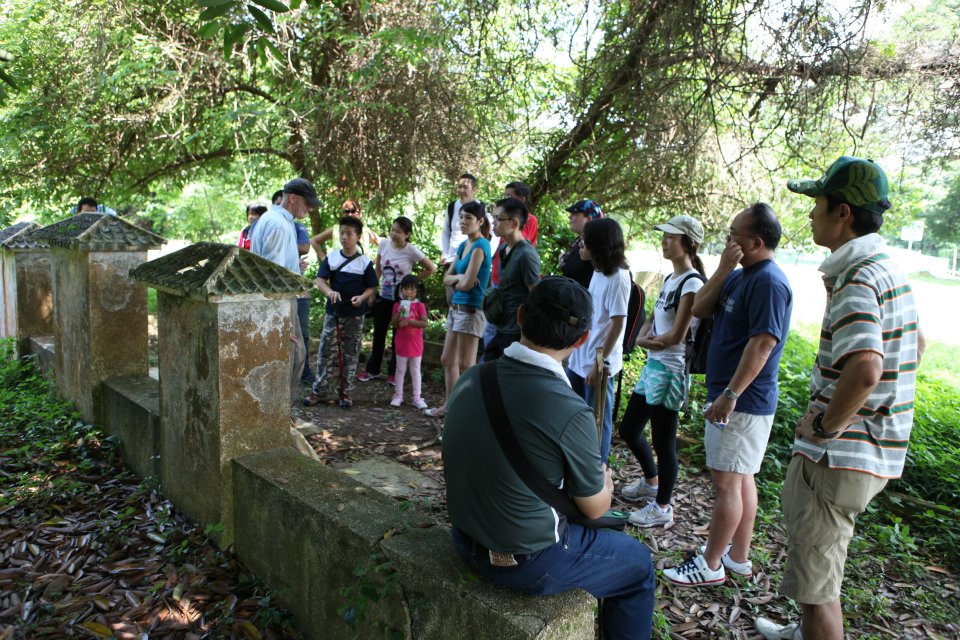
Our final “resting” place. There used to be a temple here which Colonel Ichikawa had spotted from way across the golf course which was the target of his capture. (photo Claire Leow)
If you want to know what Jon’s parting words to us was, look out for the next Battlefield at Cemetery Hill Tour , hopefully at the end of August. It’s not a difficult terrain to traverse and as I said the main route is pass the golf course but it is hot and humid. Jon is a passionate war archaeologist who with his team has uncovered intimate details about the men who fought in this battle on both sides of the divide . He draws you into the theatre of war with much verve, is great with kids and I was captivated (no pun intended!)
About Jon Cooper : He is an expat, a graduate from the Centre for Battlefield Archaeology at Glasgow University. He has spent the last three years working as the project manager alongside his partners in the Singapore Heritage Society and the National University of Singapore, for The Adam Park Project; a study into the archaeological record of the battle for the estate and the subsequent POW camp that was established there in 1942. The project’s findings r went on show at the National Library in an exhibition entitled ‘Four Days in February earlier this year. The exhibition is now over. and Jon reports, some of the exhibits has had to be stored in his home, where his sons have tremendous fun with their own battle ground”
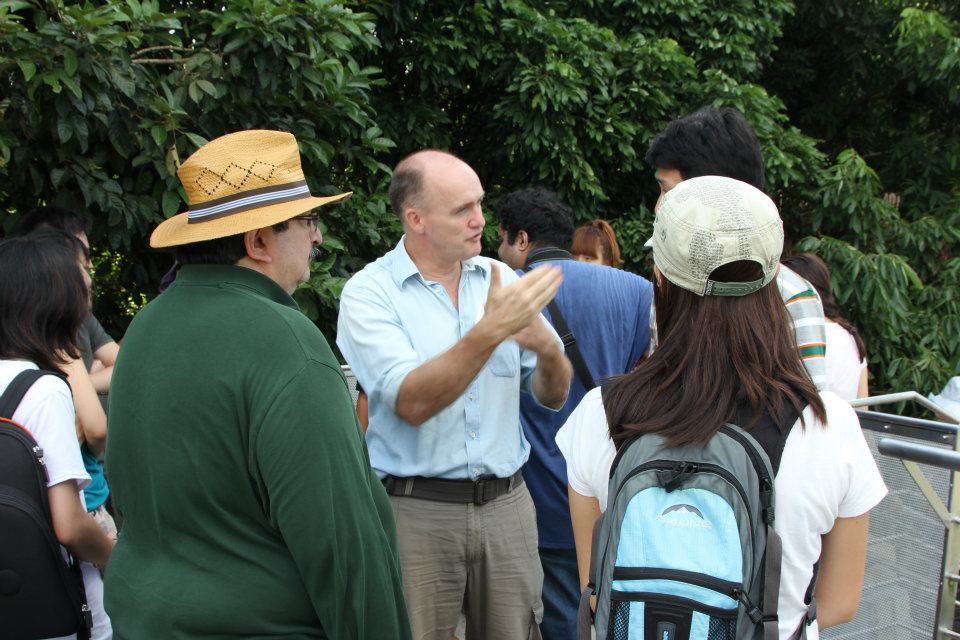
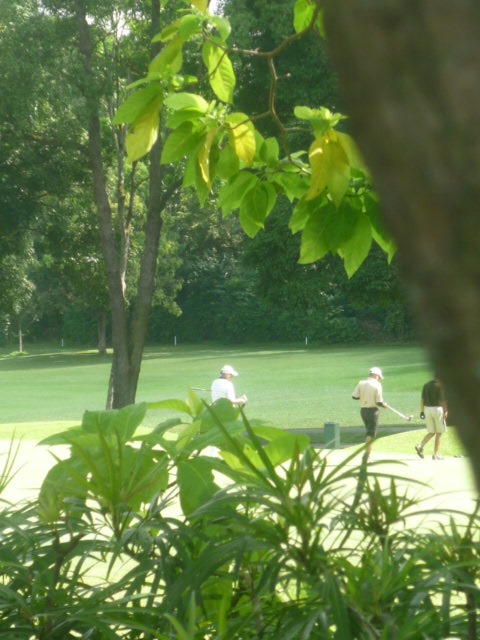
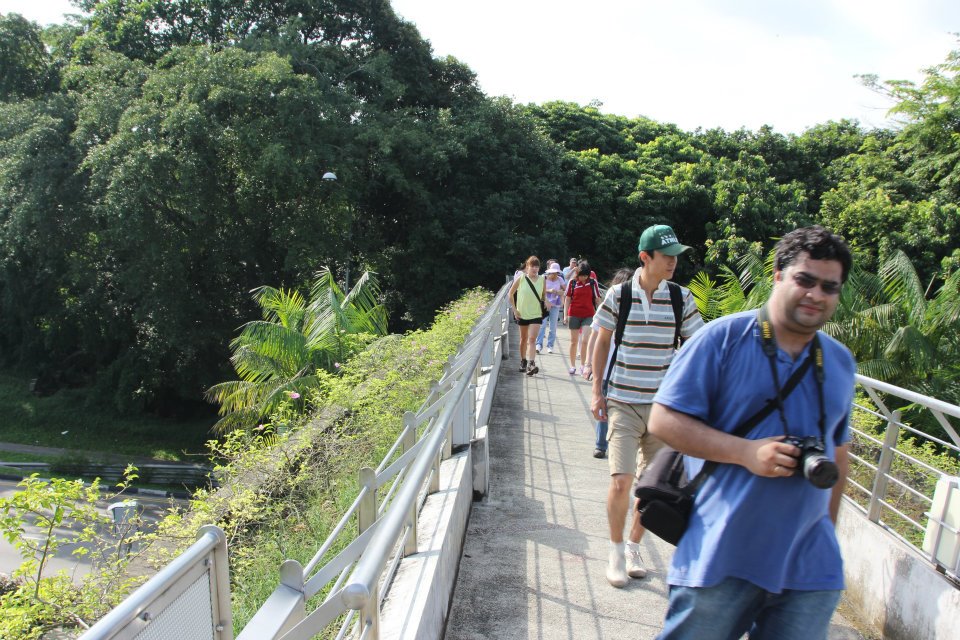
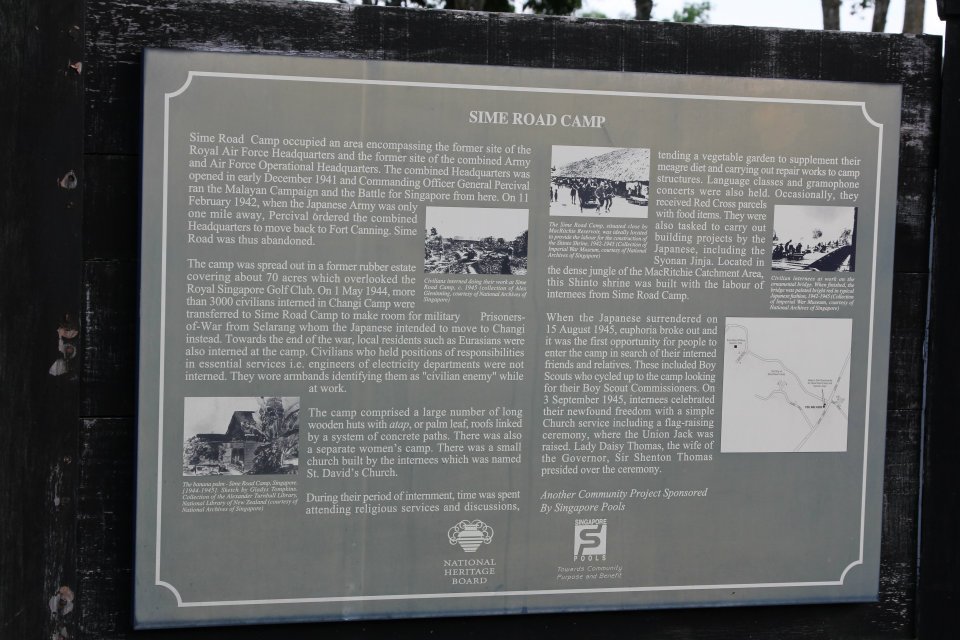
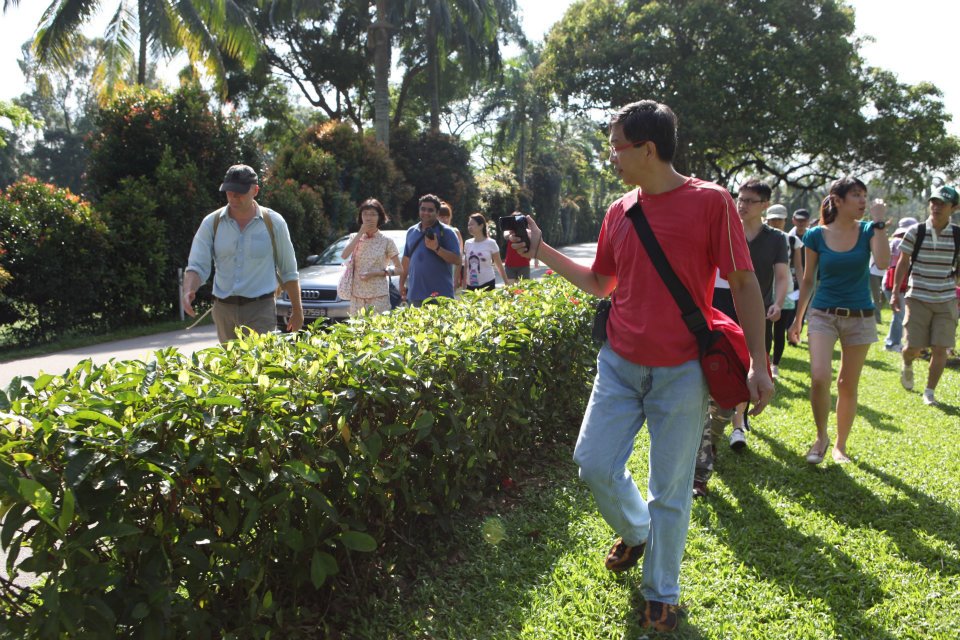
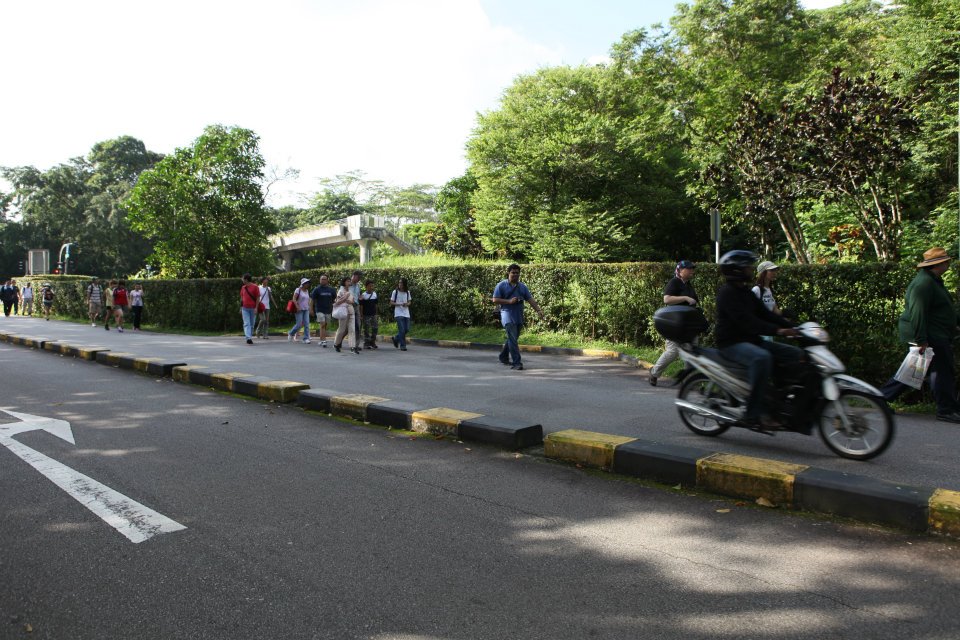
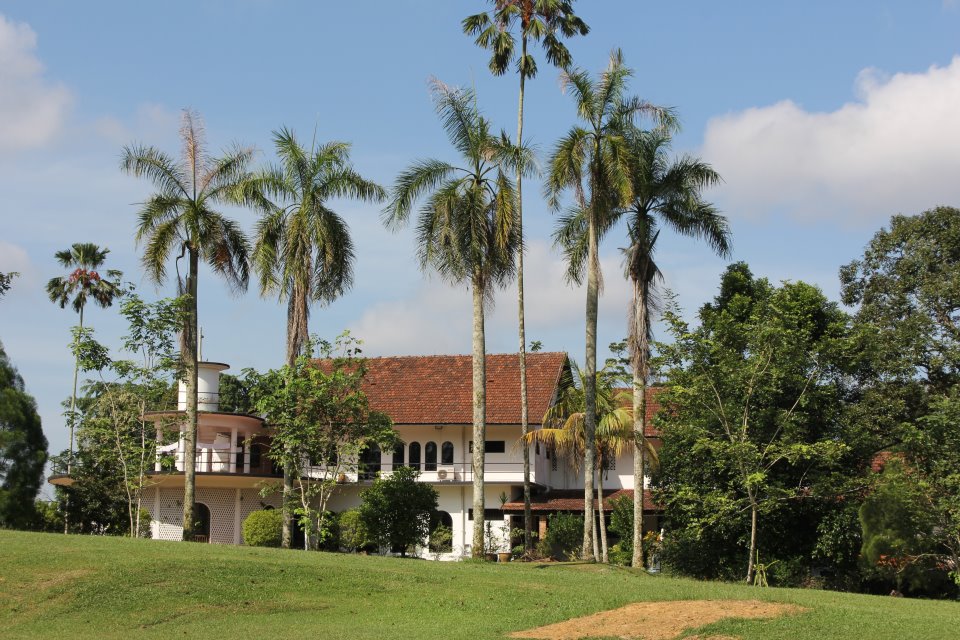
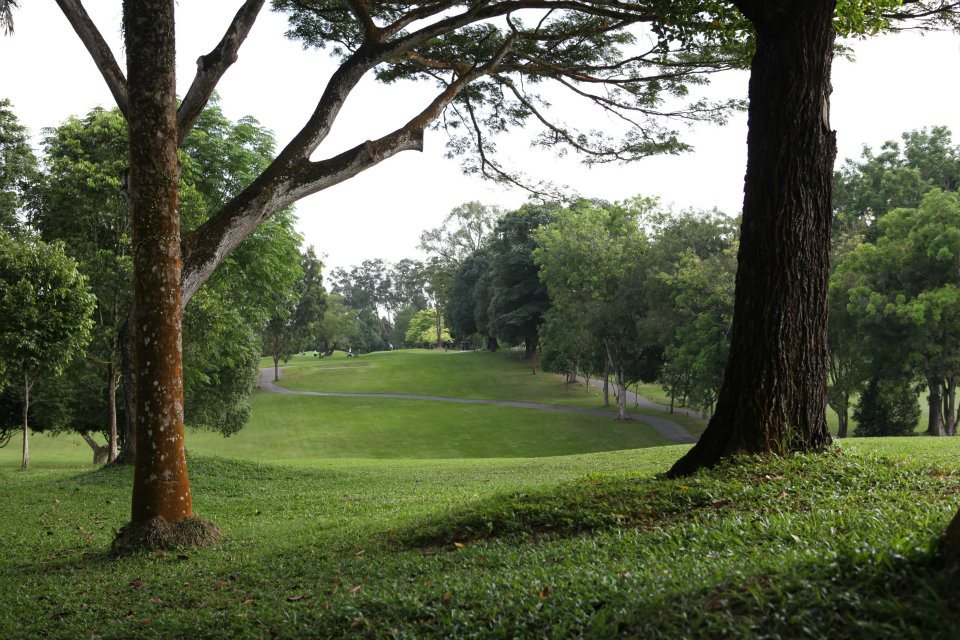
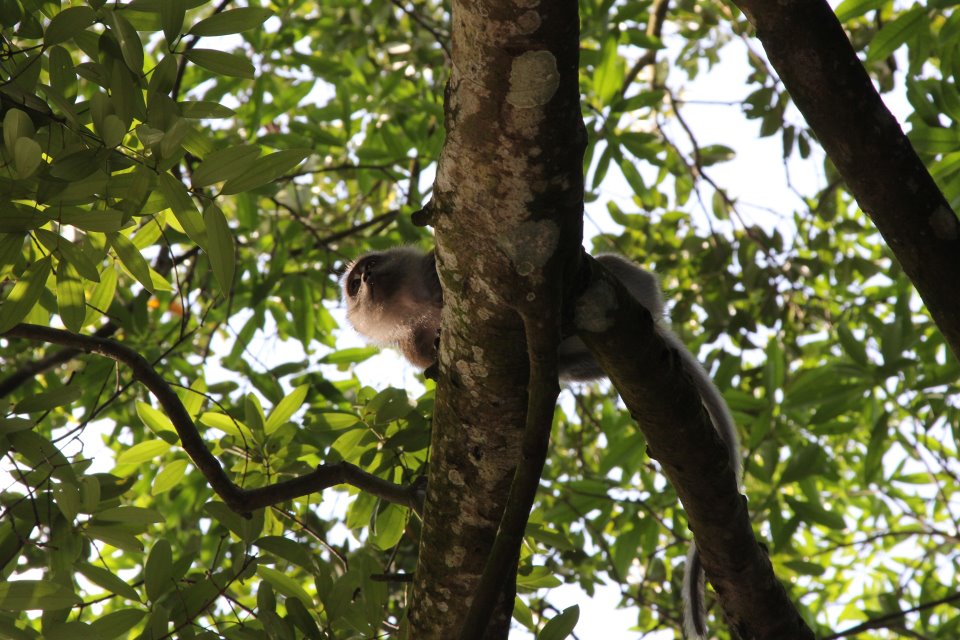
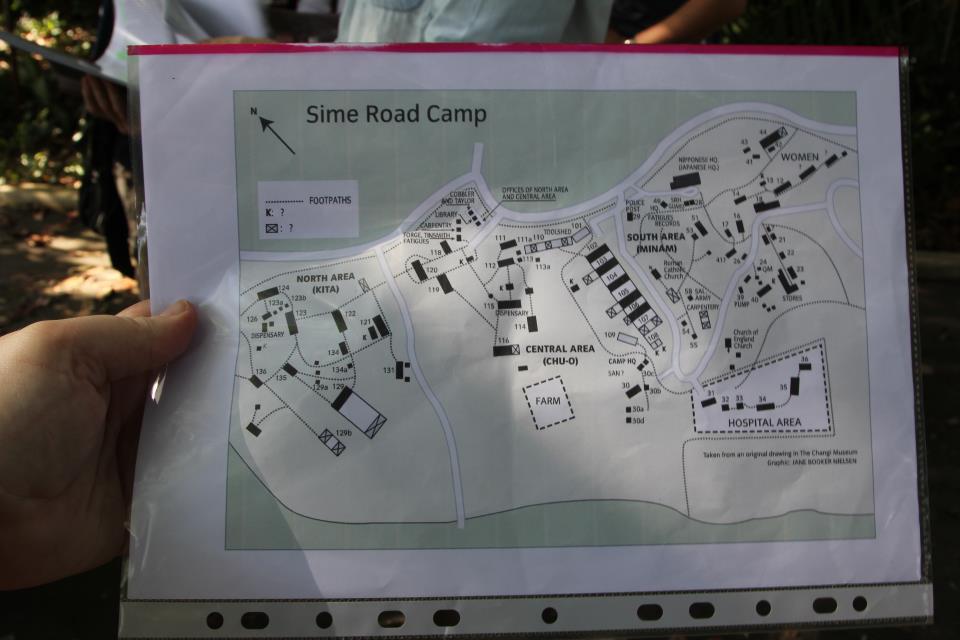
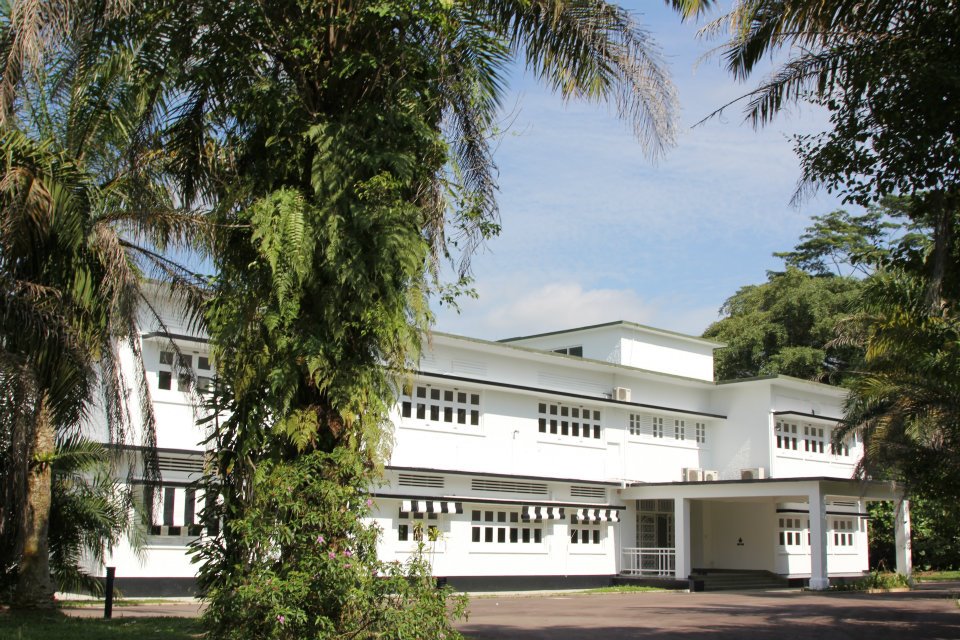
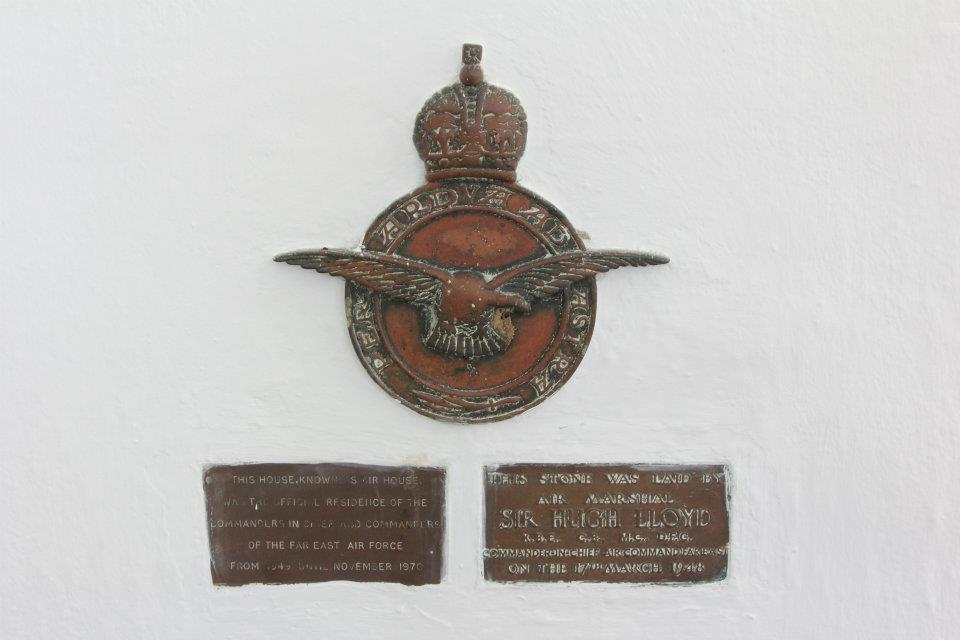
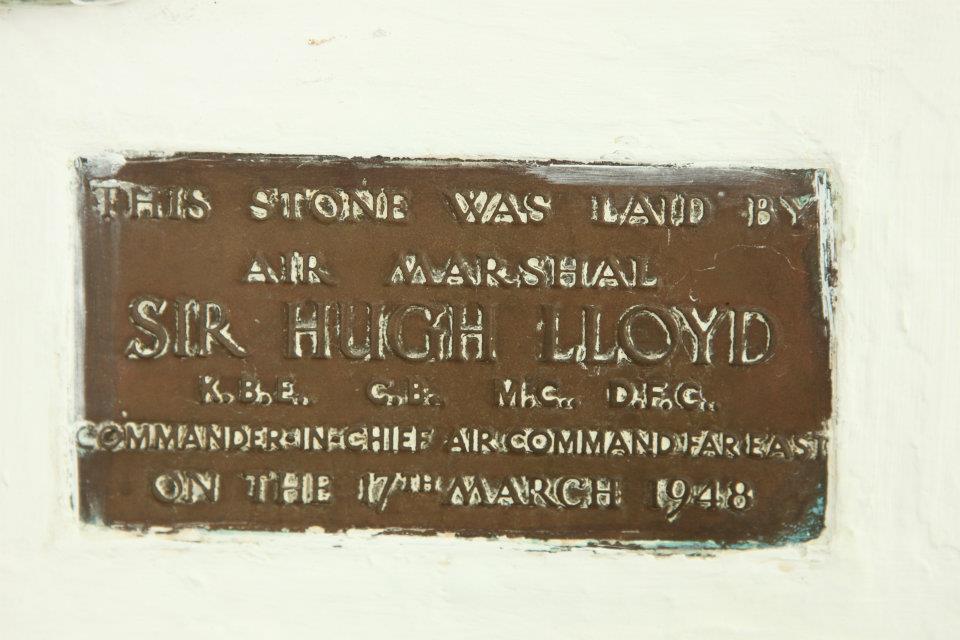
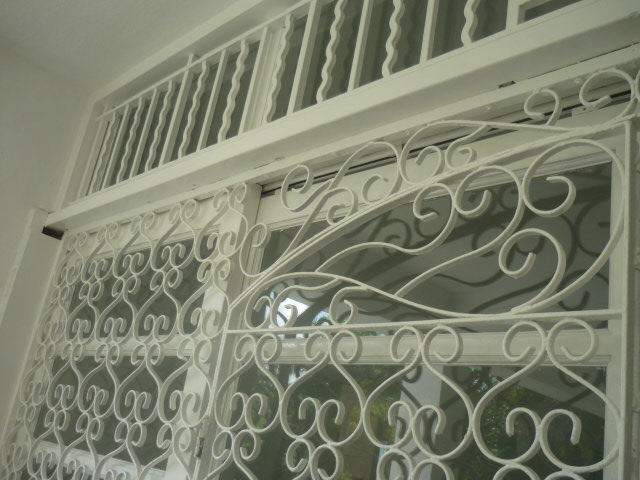
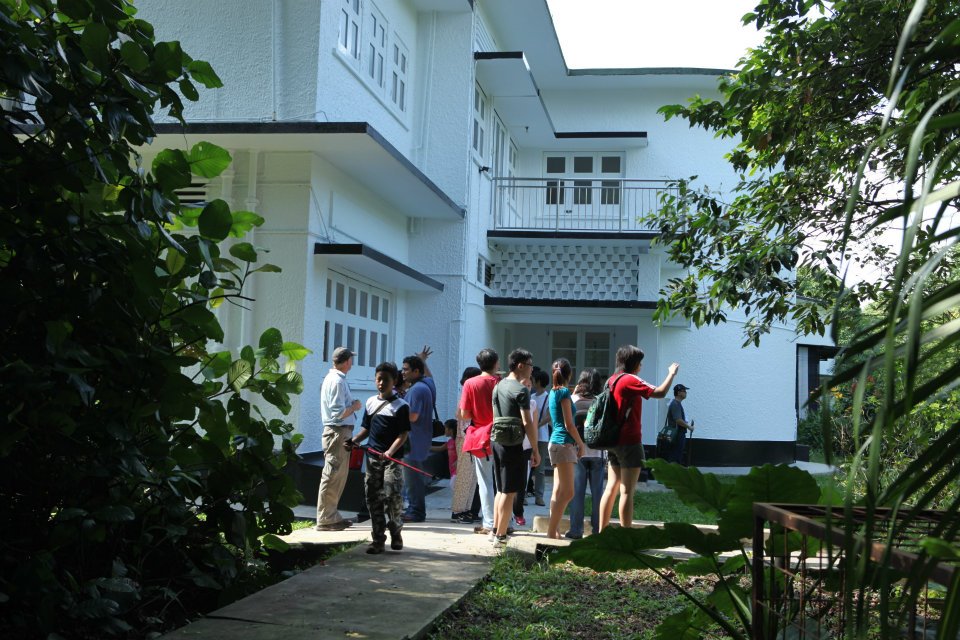
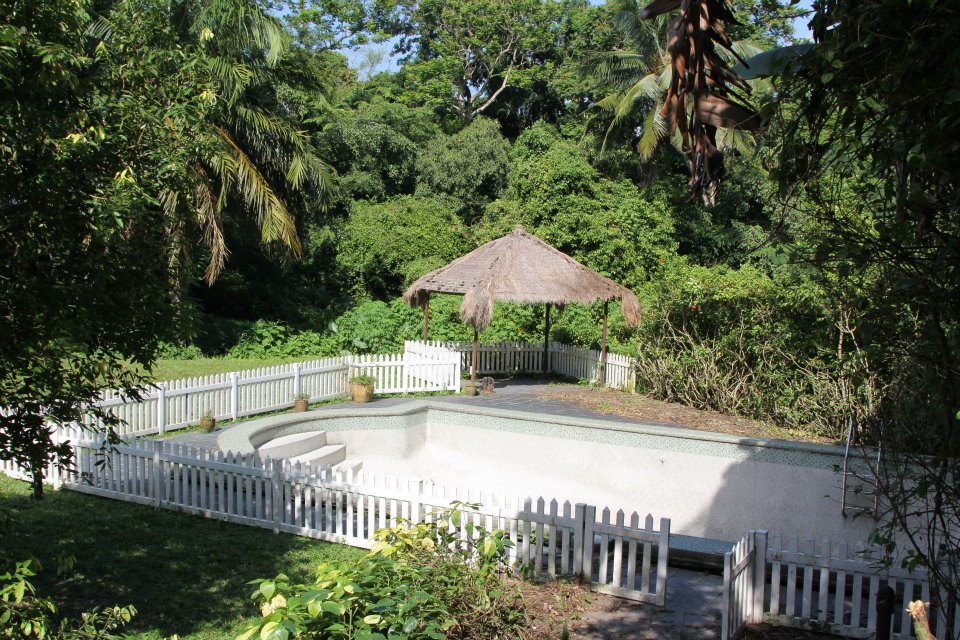
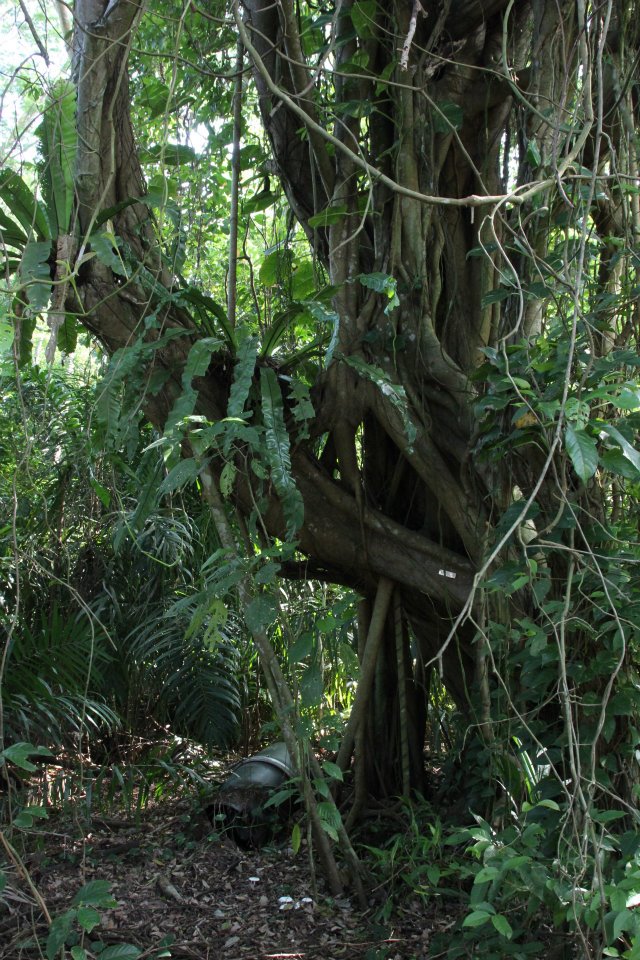
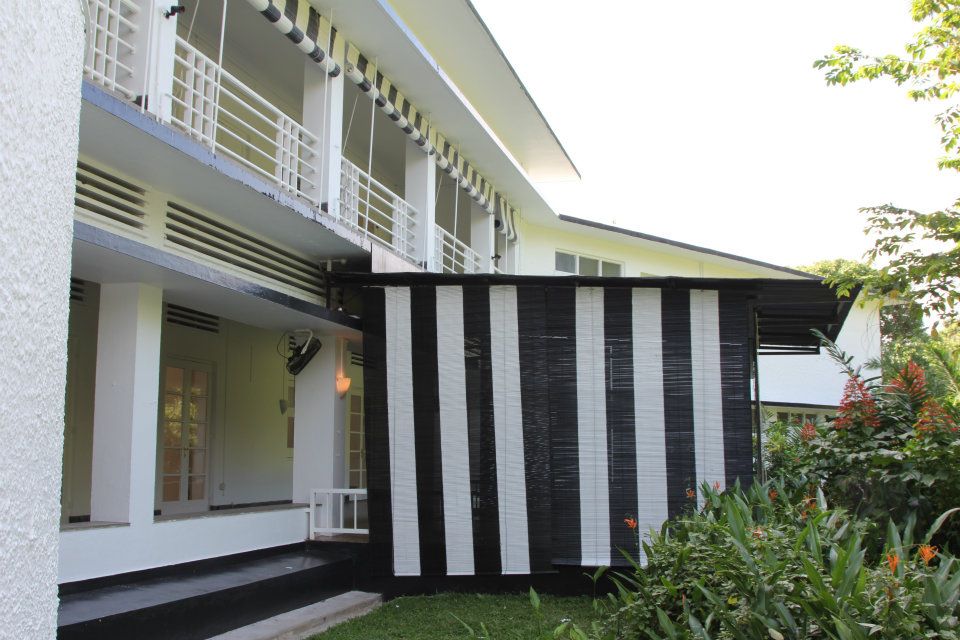










Comments
Trackbacks
Check out what others are saying about this post.[…] Battlefield Tour: July 22 and Battlefield Tour: Charged Up! […]
[…] July 22 2012 tour here and here […]
[…] 22 2012 tour here and here June 17 2012 Father’s Day […]
[…] 22 2012 tour here and here June 17 2012 Father’s Day […]
[…] 22 2012 tour here and here June 17 2012 Father’s Day […]
[…] Jon Cooper. historian and war archeologist on the Adam Park Project, who also conducts the Battlefield Tour at Cemetery Hill once at month at Bukit […]
[…] July 22 2012 tour here and here […]